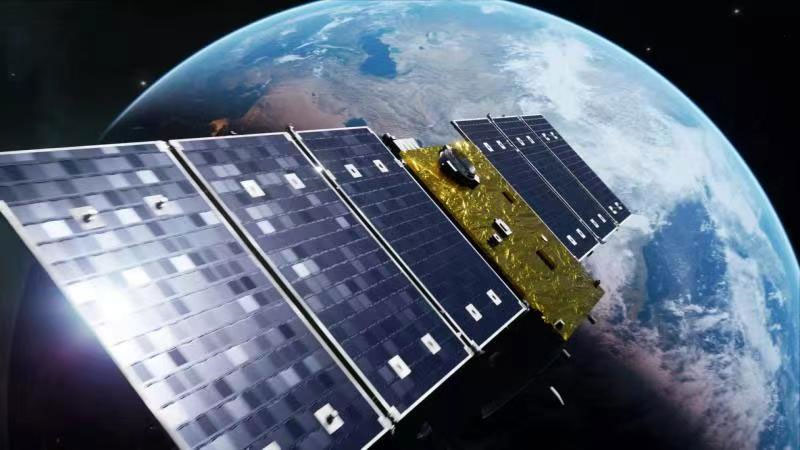BEIJING: China’s solar observation satellite has achieved major scientific and technological feats during its in-orbit operation, according to the China National Space Administration.
The satellite Xihe, named after the sun goddess in ancient Chinese mythology, has carried out spectral scanning and imaging of the sun’s H-Alpha waveband and has recorded the dynamics of the solar activities in the star’s photosphere and chromosphere. The spacecraft has also obtained spectral lines of the sun’s H-Alpha waveband, neutral silicon atoms and neutral iron atoms, the space administration said on Tuesday.
All of these accomplishments have never been achieved by scientists before and they are expected to extensively advance the research of the sun and solar system and will give a bigger say to China in the academic field of solar physics, the administration noted.
The administration held a ceremony on Tuesday in Beijing to make public the scientific and engineering achievements of the Xihe mission.
Also known as the Chinese H-Alpha Solar Explorer, Xihe was launched in October 2021 from the Taiyuan Satellite Launch Center in Shanxi province.
The satellite is China’s first space-based solar telescope and is designed to work for at least three years. It is tasked with helping scientists deepen their knowledge of our nearest star.
Its scientific payload is an H-Alpha imaging spectrograph that can, for the first time, acquire full-disk spectroscopic solar observations in the H-Alpha waveband.
The 508-kilogram satellite is traveling in a sun-synchronous orbit about 517 kilometers above the Earth.
Its primary task is to investigate the dynamics of solar activity in its lower atmosphere, namely the photosphere and chromosphere, and to understand the physical mechanisms of solar eruptions. The mission is very meaningful to the nation’s space exploration and satellite technology, mission planners said.
Zhao Jian, head of the space administration’s Key and Special Project Center, said on Tuesday that Xihe has carried out more than 300 technological tests and over 1,000 spectral imaging operations. According to him, scientists around the world have been studying the H-Alpha spectral lines for a long time, but they had to rely on ground-based observatories that are susceptible to interference from factors such as earthly atmospheric disturbances.
–The Daily Mail-China Daily news exchange item






